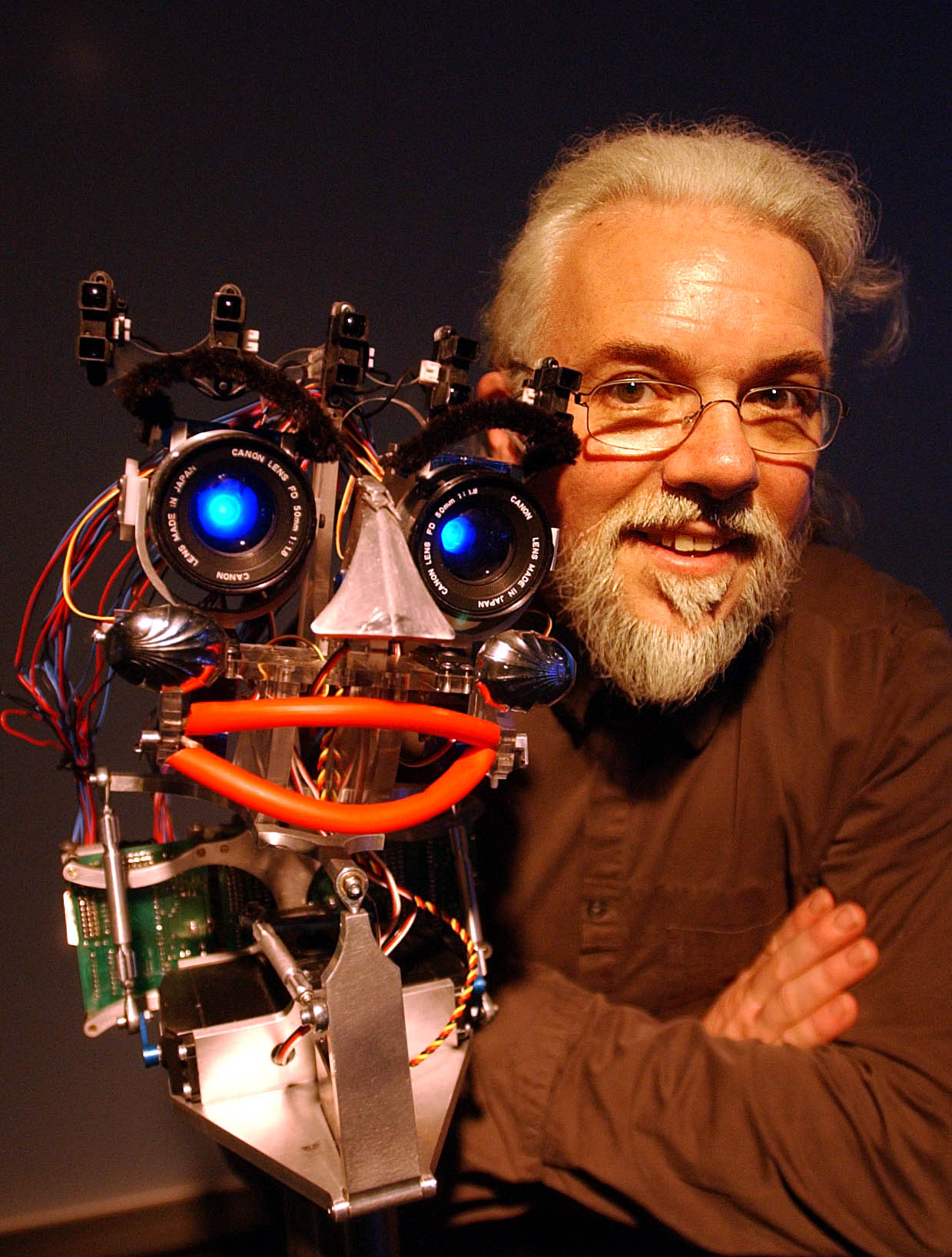The March 2007 issue of Elle Magazine features a couple of ads that work as utter embodiments of the driving sentiments fueling our obscene machine adventure. Ad 1, seen here, presents us with an odd, next-century allegory of birth worthy of Renaissance tapestries. Note the mannequin-esque makeover the human models are swathed in; note, as well, the parody of birth enacted with the lifted model's leg and her "human" issue in the glass box!
AD 1

Ad 2, below, is more vulgar and immediate--in it one sees something I have come to call
eyegiene--a neologism, or manufactured word, that fuses the noun for the optic organ, with all its attendant semiotic intrigue, with the butt-end of the word hygiene, giene, signifier of all things septic and clean. The undecide-ability, the overdetermination, of the phallic signifiers (which is more cock-like, the camera as ersatz phallic "cock" or the cock as camera wanna-be) provides a drama worthy of Jekyll and Hyde.

To be frank, this is an illicit neologism, and I like it that way, guided more by the vagaries of homonymics, eyegiene sounds like hygiene, that any sophisticated philological conjuring!
AD 2















